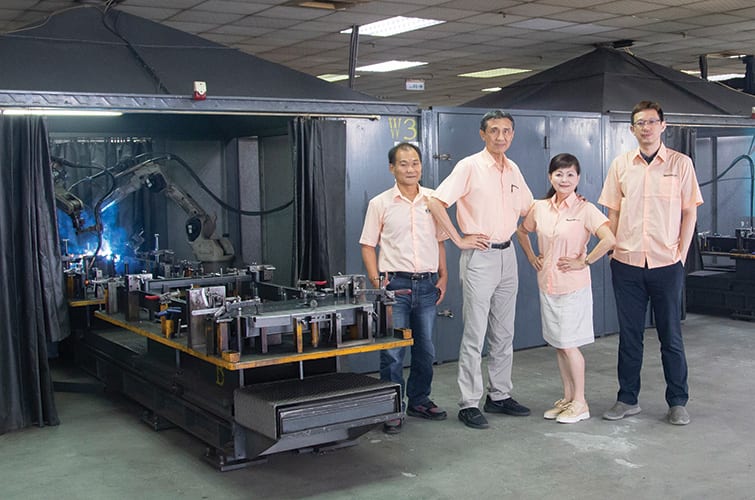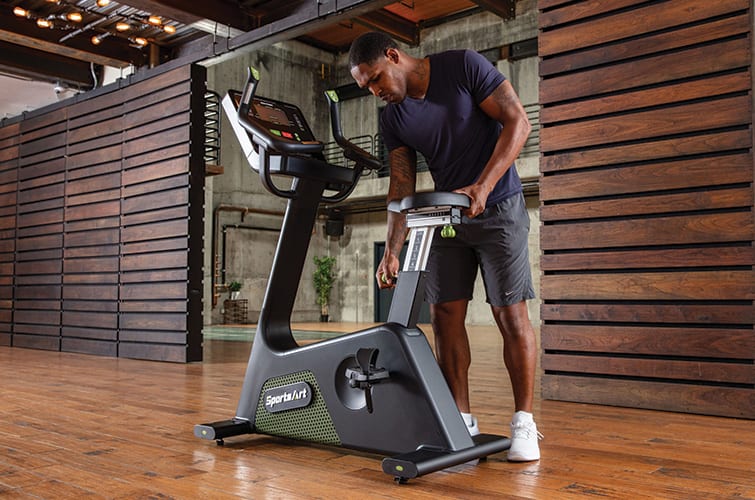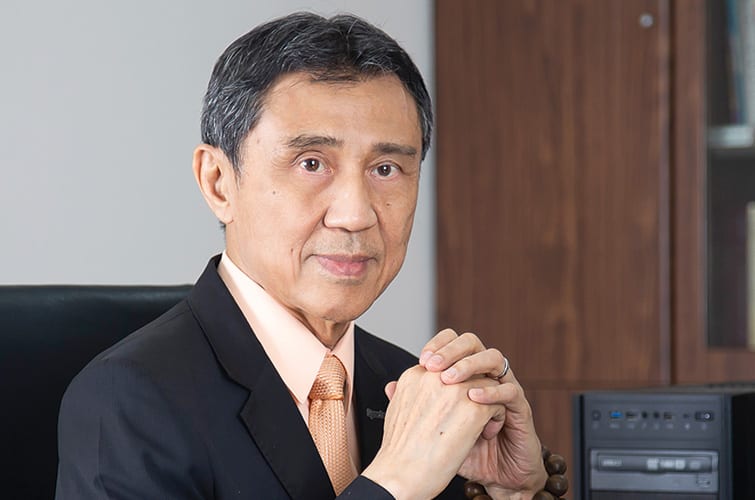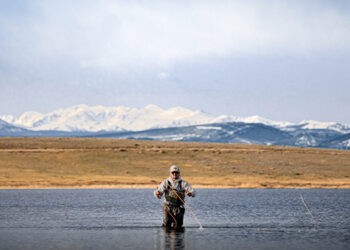Paul Kuo had a mission to leave the world a better place than it was when he was growing up. So when he founded SportsArt in 1977, that mission was at the center of the company and still is to this day.
As an established leader in the fitness industry, SportsArt is one of the largest single-brand manufacturers in the world. It serves 80 countries while working to preserve the planet with its innovative green fitness equipment.
And when SportsArt debuted its first version of ECO-POWR, campus recreation centers were the early adopters.
“As far back as I can remember, universities and colleges were leading the charge in taking care of the environment. That movement is even stronger today,” said Carina Kuo, the CEO and COO of SportsArt America. “Our ECO-POWR technology is really resonating with campus recreation professionals and university students because our equipment helps offset their carbon footprint. Therefore, it’s only natural campus rec professionals, environmentally friendly-conscious students and SportsArt align.”
What Makes SportsArt Standout
However, the success of partnerships with the campus recreation industry hasn’t come just because SportsArt produces quality equipment. Paul said it’s been the fact they go above and beyond for clients.
“SportsArt’s most significant career move was to implement a behavior where we take care of our clients every step of the way,” said Paul. “We didn’t want to be an organization that simply gave you a quote and disappeared when you signed the dotted line.”
One way SportsArt goes above and beyond with campus rec centers is helping professionals and student associations justify the purchase of SportsArt machines. Paul explained they offer up a quote and provide data on what the potential electrical offset would be.

For example, Ruben Mejia, the executive vice president of SportsArt America, noted the ECO-POWR products can help offset a campus rec facility’s carbon footprint. “Traditional treadmills on average use about one kilowatt an hour. That is equivalent to a refrigerator running for five hours,” he said. “With our non-motorized treadmills, a facility will not be buying one kilowatt from the electricity company. And they’ll have the ability to generate up to an additional 200 watt-hours. In layman’s terms, a facility can be net positive 1.2 kilowatts of electricity per hour with just a single treadmill.”
By providing data to prove this offset of a facility’s carbon footprint, Mejia said they’ve seen both campus rec professionals and student organizations be awarded grants focused on sustainability. With that money, campus rec professionals have been able to improve their facilities and their green impact.
The Proven Best Choice
But data isn’t the only thing SportsArt uses to prove it’s the best choice. It will also rely on what other clients say, putting professionals in touch with one another. This allows them to get unfiltered opinions on if the equipment is working.
“We can scream from the top of our lungs about how great we are, but it’s much more compelling when someone else says it,” said Paul.
Mejia also shared they make sure to stick with clients from the beginning until the very end. This includes:
- Finding the best combination of equipment to fit their budget.
- Finding rebates from electricity companies or federal, state and local governments.
- Including clients in marketing opportunities.
- Making sure the SA Well+ system meets network security department needs.
- Even brainstorming with clients to see how they can engage their student body.

That brainstorming can even help clients educate their campus on what lies inside the rec center that’s contributing to the school’s sustainability mission. Mejia said he urges all campus rec professionals to advertise and market the green equipment they are using. By doing so, it helps students and the greater campus know the world impact the department is having.
In fact, Mejia shared a few creative ways he’s seen campus rec centers do this:
- An event where students are invited to workout and produce as much electricity as they can over a weekend.
- Announce how much electricity the campus rec center has produced via digital signage systems.
- Display how much electricity the facility is producing on a large TV at the entrance of the building.
“The part I enjoy the most about my career is collaborating with our clients to find a solution for their goals,” said Mejia. “There’s a lot of action going on and it’s never a dull moment.”
Changing the World
With over 40 years of experience and a 500,000-square-foot, state-of-the-art manufacturing plant, SportsArt is pursuing its vision. It wants to be the global choice of fitness and rehabilitative exercise equipment for individuals and organizations looking to change the world. Rigorous testing allows the company to deliver a quality product and offer an industry-leading warranty. SportsArt products are CE and ETL-C approved. The company also has the ISO 9001 Quality Certification, ISO 14001 Certification for Environmentally Sound Practices and ISO 13485 Certification for Quality Managements Systems. The innovative technology sets SportsArt apart.
For example, ECO-POWR products can convert up to 74% of human energy into useable electricity. “A student’s workout now has an additional purpose — offsetting the gym’s carbon footprint,” said Mejia.
Plus, SportsArt’s ICARE is an electronically-controlled, motorized elliptical that allows students with neuromuscular disorders — resulting from a stroke, traumatic brain injury, etc. — to work out.
In the end, everything SportsArt does is to change the world one workout at a time. Connecting healthy bodies of all types to a healthy environment in a multitude of ways, it looks to sustain the health of the planet and the people at the same time.
It seems SportsArt truly is leaving the world a better place.
For more information, visit gosportsart.com.













